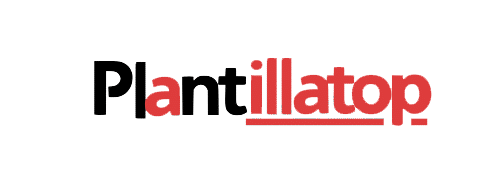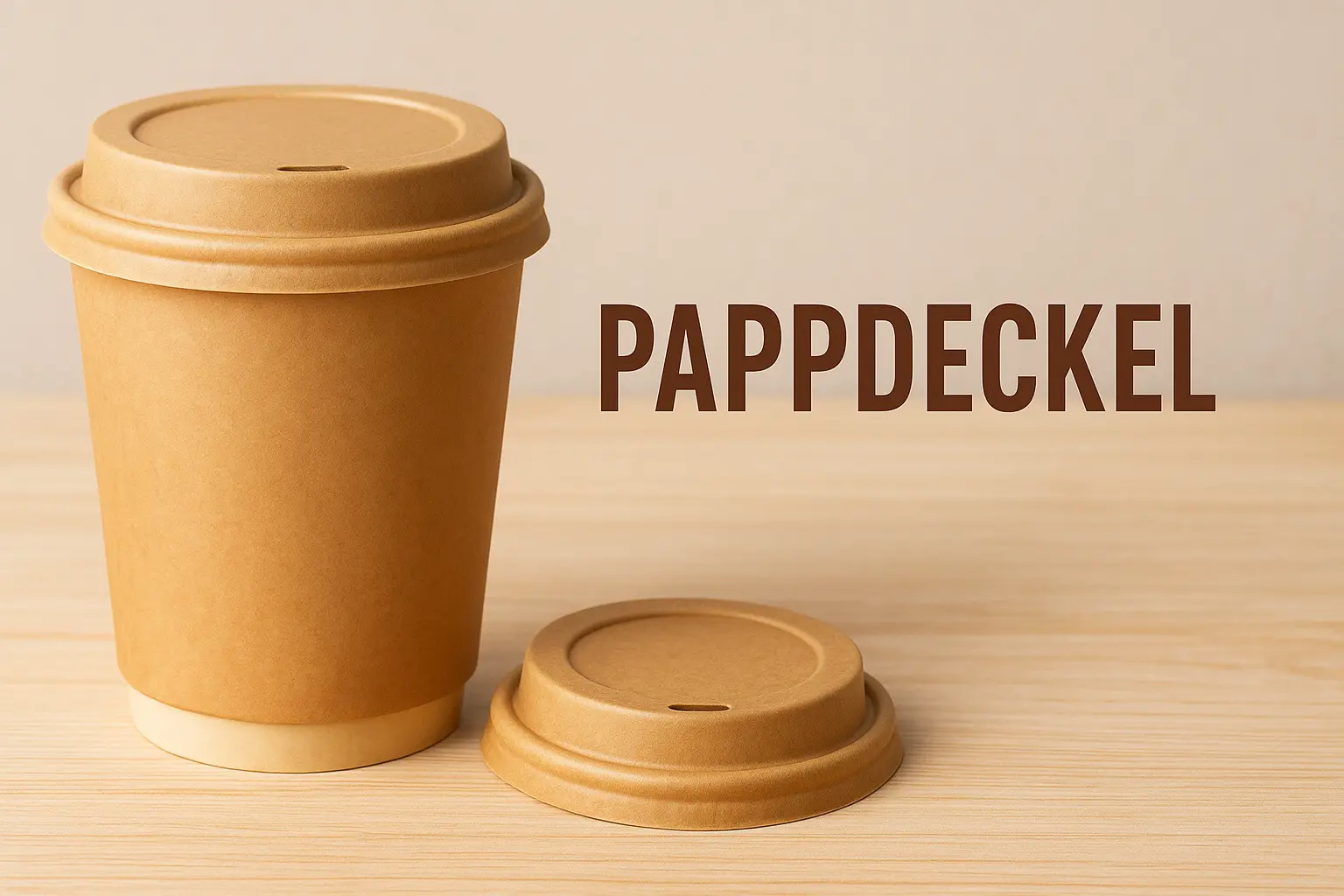In a world where sustainability meets innovation, one packaging solution is quietly revolutionizing how we think about convenience and eco-friendliness: the humble cardboard lid, or *Pappedeckel*. Often overlooked in the grand scheme of packaging materials, these unassuming yet versatile creations are making waves across industries—from food and beverages to cosmetics and beyond. Join us as we delve into the myriad benefits of Pappedeckel, exploring not only its functional advantages but also its role in reducing our environmental footprint. Whether you’re a business owner seeking sustainable options or simply curious about modern packaging trends, prepare to be inspired by the potential that lies within this simple yet powerful product!
Introduction to Pappedeckel and its meaning
Pappedeckel, a term that might sound unfamiliar to some, is quickly gaining traction in the world of packaging. It refers to cardboard lids, an innovative solution that combines functionality and sustainability. As consumers become more environmentally conscious, businesses are seeking ways to align their products with these values. Cardboard lids not only serve as practical covers but also offer unique benefits for brands and buyers alike. Join us on a journey through the history of pappedeckel, its advantages over traditional packaging options, and how it’s revolutionizing the way we think about product presentation and environmental responsibility. Whether you’re a business owner or just curious about sustainable packaging trends, there’s much to discover about this versatile option!
History and evolution of cardboard lids in packaging
The history of cardboard lids, or Pappdeckel, dates back to the early 20th century when packaging began to prioritize convenience and functionality. Initially crafted for simple food items, these lids quickly adapted to various needs.
As industries grew, so did the demand for reliable packaging solutions. The evolution saw cardboard being treated with coatings that enhanced durability and moisture resistance. This innovation made it suitable for more delicate products like dairy and baked goods.
Throughout the decades, manufacturers experimented with design improvements that allowed for easier stacking and storage. The introduction of printing technology also enabled brands to showcase their logos directly on lids, enhancing product visibility.
Today’s Pappedeckel represents a culmination of years of development in both materials and aesthetics. It has transitioned from a basic utility to a sophisticated component of branding in modern packaging strategies.
Why use Pappedeckel? Benefits for businesses and consumers
Pappedeckel offers a treasure trove of benefits for both businesses and consumers. These cardboard lids provide an effective barrier against contamination, ensuring products remain fresh and safe from external elements.
For businesses, Pappedeckel is a cost-effective solution. Its lightweight nature reduces shipping costs while maintaining the integrity of the product inside. Additionally, these lids can be easily customized to align with branding efforts.
Consumers appreciate the easy-to-open design that enhances user experience. The eco-friendly aspect appeals to environmentally conscious shoppers who prioritize sustainable choices in their purchasing decisions.
Moreover, Pappedeckel promotes efficient storage solutions. Their stackable quality allows retailers to maximize shelf space while keeping products organized and accessible. This versatility makes them ideal for various industries, from food services to cosmetics.
In essence, this innovative packaging option marries functionality with sustainability—an appealing combination for modern consumers and brands alike.
Sustainability aspect of using Pappedeckel
Pappedeckel, or cardboard lids, represent a significant advancement in sustainable packaging. Made primarily from renewable resources, they offer an eco-friendly alternative to plastic options.
These lids are recyclable and biodegradable, reducing landfill waste. Switching to Pappedeckel means embracing a circular economy that emphasizes reusability and recycling.
Brands adopting these cardboard solutions can significantly lower their carbon footprint. As consumers become more environmentally conscious, businesses using sustainable materials often enjoy increased loyalty and trust from their customers.
Additionally, many manufacturers utilize recycled paper products in the creation of Pappedeckel. This not only lessens resource consumption but also promotes responsible sourcing practices within the industry.
Incorporating Pappedeckel into packaging strategies aligns with global sustainability goals while enhancing brand image through environmental stewardship. The future of packaging is leaning towards greener choices like this one.
Innovative designs and uses of Pappedeckel in packaging
Pappedeckel, or cardboard lids, have sparked creativity in packaging design. Brands are now experimenting with shapes and textures that enhance user experience.
One innovative approach includes interactive designs. Some Pappedeckel come with peel-off tabs or integrated spouts for easy pouring. This functionality attracts consumers seeking convenience.
Eco-conscious brands utilize unique printing techniques on their Pappedeckel. Vibrant colors and captivating graphics not only attract attention but tell a sustainability story.
Customizable features enable businesses to tailor their packaging. From size adjustments to die-cut windows showcasing the product inside, options abound for every need.
Moreover, some companies incorporate multifunctionality into their Pappedeckel designs. A lid that transforms into a serving tray is just one example of how practicality meets innovation in this space.
These inventive uses reflect an exciting evolution in both aesthetics and utility within the realm of cardboard packaging.
How Pappedeckel can enhance branding and marketing efforts
Pappedeckel, or cardboard lids, can significantly elevate branding and marketing strategies. Their customizable nature allows businesses to showcase unique designs that resonate with their target audience.
Imagery, logos, and vibrant colors on Pappedeckel create an immediate visual impact. This engagement fosters brand recognition and customer loyalty.
Moreover, a well-designed lid adds perceived value to the product inside. It sends a message of quality and attention to detail.
When consumers see attractive packaging, it enhances their overall experience. They are more likely to share photos on social media platforms, providing organic promotion for your brand.
Additionally, using eco-friendly Pappedeckel appeals to environmentally conscious consumers. It reinforces your commitment to sustainability while enhancing your corporate image in today’s market landscape.
Ultimately, integrating Pappedeckel into packaging offers brands an opportunity not just for protection but as a canvas for storytelling through visuals that connect with customers emotionally.
Comparison with other types of packaging materials
Pappedeckel stands out when compared to traditional packaging materials like plastic or metal. Its lightweight nature reduces shipping costs, making it a practical choice for businesses.
Unlike plastics, Pappedeckel is biodegradable and recyclable. This makes it an environmentally friendly option that aligns with growing consumer demand for sustainable products.
Metal lids can add weight and complexity to packaging, while Pappedeckel simplifies the process. It offers convenience without compromising on quality.
Additionally, pappedeckel provides excellent barrier properties against moisture and air, preserving product freshness effectively. In contrast, some other materials may require additional coatings or treatments.
Cost-effectiveness is another strong point of Pappedeckel. It often comes at a lower production cost than glass or metal containers while offering similar protective qualities. The versatility of cardboard lids means they can be tailored to fit various shapes and sizes easily, too.
This adaptability gives brands the chance to innovate their packaging designs without breaking the bank.
You Might Also like: Mannacote
Tips for choosing the right Pappedeckel for your product
Choosing the right Pappedeckel for your product can make a significant difference in packaging performance.
Start by considering the size and shape of your container. A snug fit ensures better protection and presentation.
Material thickness is another crucial factor. Thicker cardboard often provides sturdier support, especially for heavier items.
Think about the sealing method as well. Some lids offer peel-off options while others might be snap-on, catering to various user preferences.
Design plays an essential role, too. Custom prints or unique shapes not only enhance aesthetics but also improve brand recognition.
Lastly, don’t overlook sustainability factors. Opting for recyclable materials aligns with eco-friendly practices and appeals to environmentally conscious consumers.
Case studies showcasing the successful use of Pappedeckel
One notable case study involved a local bakery that switched to Pappedeckel for its pastry boxes. The result? Increased freshness and extended shelf life, leading to happier customers.
Another company, specializing in organic beverages, adopted Pappedeckel lids for its glass bottles. This choice not only enhanced product visibility but also appealed to eco-conscious consumers who appreciated sustainable packaging.
A cosmetics brand utilized colorful Pappedeckel designs on their jars, reinforcing brand identity while providing tamper-proof security. Customers responded positively, noting the combination of functionality and aesthetic appeal.
Lastly, an artisanal cheese producer integrated Pappedeckel into their packaging strategy. They found that the cardboard lids reduced waste significantly compared to traditional plastic options while maintaining product integrity during transportation.
Prospects and developments in the world of Pappedeckel
The future of pappedeckel looks promising as innovation continues to drive the packaging industry. As companies seek sustainable alternatives, cardboard lids are gaining traction for their eco-friendly properties.
Advancements in technology are enhancing the functionality of pappedeckel. New designs incorporate moisture resistance and improved sealing techniques, making them suitable for various products, from food items to cosmetics.
Additionally, customization options are expanding rapidly. Brands can now create unique shapes and prints that reflect their identity while maintaining product integrity.
As consumers become more environmentally conscious, demand for biodegradable packaging solutions is rising. Pappedeckel meets this need beautifully, offering a compelling choice that aligns with modern values.
Finally, collaboration between material scientists and designers will likely lead to even more innovative applications of these versatile lids across industries. Expect to see pappedeckel play a central role in shaping the future landscape of sustainable packaging solutions.
Conclusion
The future is indeed promising for pappedeckel. As businesses continue to seek sustainable and efficient packaging solutions, the demand for cardboard lids is likely to rise. Their versatility offers numerous benefits that appeal not only to companies but also to consumers looking for environmentally friendly options.
With innovations in design and functionality, pappedeckel can adapt to various products across multiple industries. This adaptability enhances branding opportunities while maintaining a commitment to sustainability. The ease of customization means brands can create unique packaging that stands out on the shelf.
As more companies embrace eco-conscious practices, incorporating pappedeckel into their packaging strategies will be essential. With its myriad advantages—cost-effectiveness, recyclability, and support for brand identity—pappedeckel represents a significant step forward in the evolution of packaging materials.
Businesses that recognize this trend will have a competitive edge in an increasingly green marketplace. Embracing pappedeckel could pave the way toward innovative breakthroughs in how we think about product presentation and environmental responsibility moving forward.

